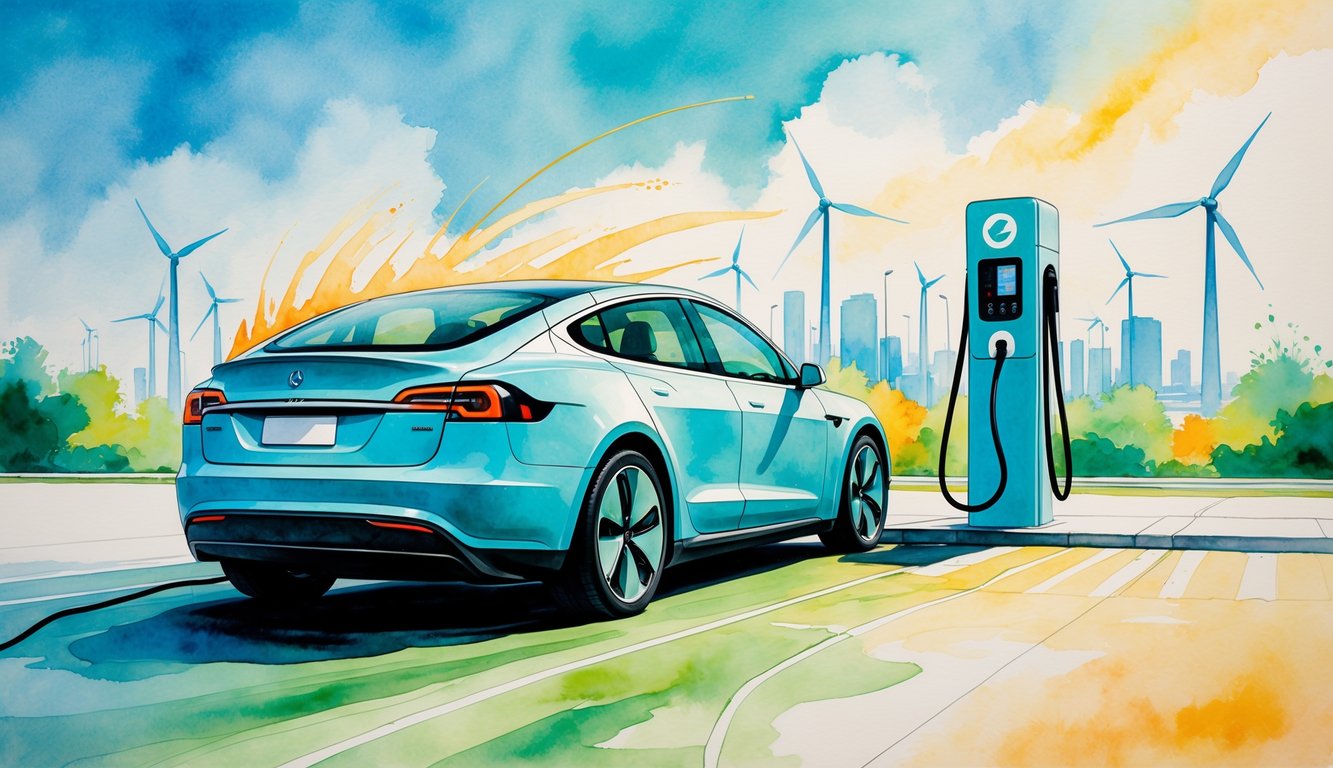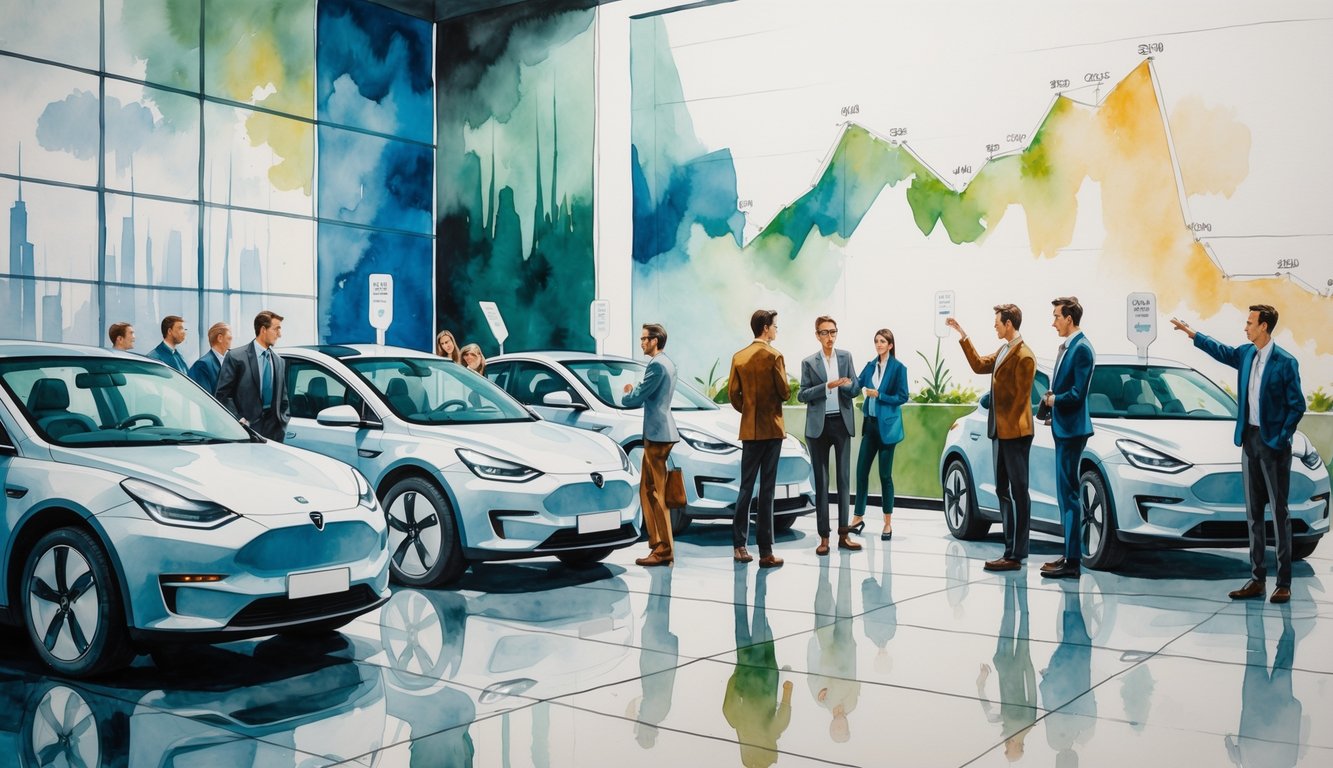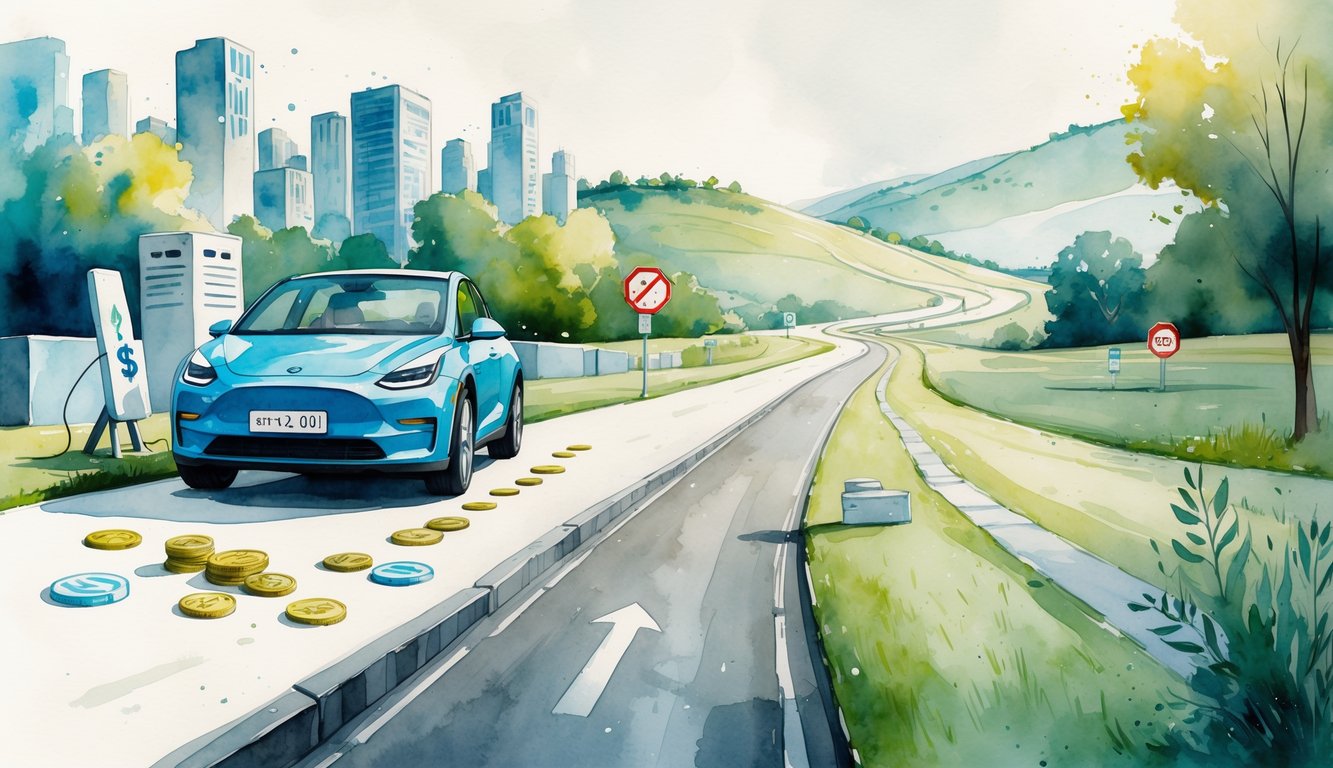
What Most Shoppers Are Missing About Cost Movement

Here’s the kicker: while everyone’s griping about $56k EVs (I get it, I saw the survey), the real changes are buried. Like, deep. You have to actually dig. And almost nobody does.
Hidden Factors Affecting Electric Car Affordability
Did you know “average days to sell” for used EVs dropped from 55.3 to 38.6 since late 2023? Most people don’t. That little stat means dealers panic less, prices move faster, and the whole market shifts under your feet. But it’s not a smooth slide. Tax credits phase in or out and suddenly, prices jerk around. IRA eligibility? I can’t even keep track.
Home charging? Good luck. $800 is the “official” number, but if you need a panel upgrade, it’s a joke. Ads never mention it. Insurance? My electric SUV quote was 22% higher than my old gas car. (Geico, last week, if you’re curious.) Charging infrastructure? Better than it was, but if you’re not in California or the Northeast, hope you like stress. Try road-tripping a Chevy Bolt and see how long your Zen lasts.
Table: Electric Car Hidden Costs
| Factor | Typical Impact | Overlooked By Most? |
|---|---|---|
| Home Charging Setup | $800–$3,000+ upfront | Yes |
| Insurance Rate Hikes | +10–25% over gas cars | Yes |
| Tax Credit Phases | Up to $7,500 swing | Yes |
Why Many Buyers Overlook Total Cost Changes
I get texts all the time: “Are EVs actually cheaper now?” Nobody looks past the sticker. People forget depreciation—used EVs are tanking (Forbes said so, not just me). Everyone acts like “EVs are expensive” is a law of nature, but if you check Kelley Blue Book, you’ll trip over a 2022 Bolt for less than $19k. Right now.
Maintenance? Nobody cares. Regenerative brakes mean pads last forever—unless you drive like my cousin, who treats every green light like the Indy 500. Fuel costs are a circus, too. Gas was $7/gallon in California for, like, a week? Electricity rates creep up, but nobody gives a straight answer.
EPA range numbers? Not even close to real life, especially in winter. My neighbor’s e-Golf barely made it to Target and back when it was freezing. Tesla hype distracts everyone, but honestly, the real problem is that the math is exhausting. Too many variables. People just give up and stick to what they think they know.
Breaking Down Upfront Versus Long-Term Costs

Honestly, most shoppers just freeze at the sticker. They clutch their spreadsheets, hoping the answer will magically appear, and totally forget about the monthly money pit that comes after. Nobody tells you how weird depreciation is for EVs, or that federal incentives are a bureaucratic maze.
Initial Purchase Price Changes
Sticker shock? Not just an EV thing, but it’s definitely sharper with all these wild price swings. Model Y is everywhere for $39,990, Tesla’s playing games, Ford’s chasing them, and then everything changes again. The $7,500 federal tax credit? Not a discount. You might not qualify, and you won’t see it until tax season (IRS Form 8936, which nobody reads at the dealership). Annoying.
Used EVs have crashed since 2023—20–30% down year-over-year, if you trust Kelley Blue Book. Gas cars? Still stubborn. Pro tip: don’t skip state incentives. California knocked $2,000 off my bill, but my friend in Texas? Nada. Dealers love posting “base prices” that don’t exist. Who actually buys those? The real price is after fees, delivery, and, if you’re unlucky, those ridiculous heated steering wheel subscriptions (BMW, never forget).
Evolving Ownership Costs
This part’s nuts—people are still budgeting gas like it’s 2021. My EV charging costs? Half what I paid for gas in my Civic (DOE’s 2024 Fuel Economy Guide says electricity is $0.13/kWh, gas is over $3/gallon almost everywhere). Neighbors always ask about home charging. It’s $800 if you’re lucky, triple that if you need electrical work. You’ll dodge oil changes and transmission repairs, sure, but if you ever need a battery out of warranty? $7k is optimistic. I’ve seen $15k quotes for unlucky Leaf owners (mostly 2013s).
Insurance? Mine jumped 15% when I switched to EV. They say it’s “battery replacement risk.” I say it’s just another excuse. And, for reasons I can’t explain, rain removes bird poop from the hood but not the windshield. Irrelevant? Maybe. Still annoying.
Impact on Resale Value
Now here’s the mess—resale. ICE cars used to outlast EVs in value, but now? J.D. Power says three-year-old EVs lost almost 48% of their value since new (gas cars: 35%). I watched my Bolt’s value nosedive on Carvana, while my buddy’s Corolla just sat there, unchanged. Sensor tech keeps evolving, so a three-year-old EV looks ancient next to today’s 350-mile, bidirectional-charging monsters.
And then rental fleets started dumping old EVs all at once. Prices tanked. CarMax told me those off-lease EVs with short range just sit there. Lease math is a headache—go under mileage and you still lose. Now everyone cares more about battery health than the odometer. Tools like LeafSpy tell you more than any dealer ever will, but honestly, battery certification drama isn’t going away. Not anytime soon, anyway.
The Role of EV Incentives and Subsidies
So, EV incentives. You’d think it’s a simple “grab your $7,500 and drive off grinning” situation, right? Except, I swear, every time I look up what I’m “eligible” for, I just get more confused. Federal, state, local, random utility rebates—half of them seem to vanish the second you ask about them. And don’t get me started on the actual process. The sticker price looks nice on a blog post, but when you try to claim anything, it’s like the universe throws tax forms at your face.
Recent Revisions to Government Programs
My uncle tried to snag the federal tax credit for a Kia EV6 last year—no luck. Apparently, the battery was the “wrong kind” or from the “wrong place” (whatever that means), and after a few phone calls and some IRS hold music, he just gave up. I read this piece in the Journal of Applied Policy Analysis (June 2024, if you’re into footnotes) that said three-quarters of these subsidies go to people who would’ve bought the car anyway, and the government’s basically spending $32,000 for every “converted” buyer. That number can’t be right… but apparently it is.
The Inflation Reduction Act? Yeah, it made things way more complicated. Now only certain models and certain batteries get you the headline credit, and then there are these price caps, income limits, and weird “SUV vs. sedan” categories. Want to buy used? Lease? Maybe you’ll get a perk, maybe not. It’s like a lottery, except the prize is paperwork.
Ever tried those “easy” online calculators state officials push? I have. Good luck. The websites crash, rebates disappear, and the only thing the help chat is good for is spelling mistakes. I’m convinced nobody at the DMV actually knows what’s going on.
